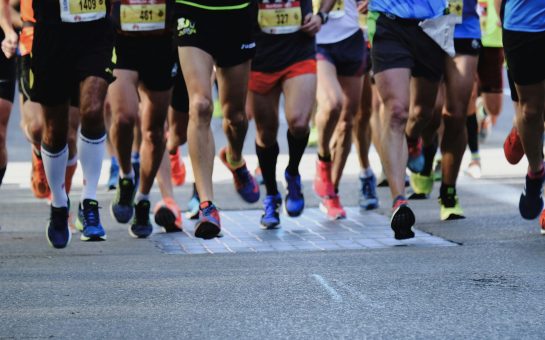A man, who posted sexually explicit photos of a woman on Facebook without her consent, has been jailed in the first sentencing in Greater Manchester under new revenge porn legislation.
Sean Pinkney, 44, was sentenced to 20 weeks imprisonment at Manchester Magistrates’ Court yesterday.
Pinkney posted private sexual photographs of a woman on the popular social media website – publication of such images without consent was criminalised in the UK in April this year.
Deputy Head Magistrates Court Prosecutions Greater Manchester Yvonne Tunnicliffe said: “Sean Pinkney published sexually explicit images of the victim on Facebook.
“This was a deliberate act intended to cause her the utmost distress and humiliation.”
The offender was also given a three-year restraining order.
Ms Tunnicliffe said this case acts as a benchmark to show people that while the legislation may be new, the CPS and police will do everything they can to prosecute people who commit these ‘malicious’ crimes.
She said: “The message is clear, the CPS and police will do all within our powers to bring those who commit such despicable acts of revenge before the courts.
“The new specific offence of revenge pornography has only been in force since April, but awareness of these crimes is increasing.
“I hope today’s outcome will encourage other victims of these malicious crimes to report them to the police and to help us bring such offenders to justice.”
The Criminal Justice and Courts Act 2015 created a new criminal offence of Revenge Pornography in April 2015.
For the first time ever, disclosing private sexual photographs and films without the consent of an individual who appears in them and with the intent to cause that individual distress was made a criminal offence.
A typical case of revenge pornography would involve an ex-partner uploading an intimate image of the victim to the Internet or sending it to their friends and family.
It is carried out with the intention of causing distress, humiliation and embarrassment to the victim.
Previously, these cases have been prosecuted under other areas of legislation, such as the Communications Act 2003, Malicious Communications Act 1988 or the Harassment Act 1997.
Under the new legislation someone convicted of an offence could face up to two years in prison and receive a fine.
The guidance on Revenge Porn outlines:
Revenge Porn is the sharing of private, sexual materials, either photos or videos, of another person without their consent and with the purpose of causing embarrassment or distress. The images are sometimes accompanied by personal information about the subject, including their full name, address and links to their social media profiles.
The offence applies both online and offline and to images which are shared electronically or in a more traditional way so includes the uploading of images on the internet, sharing by text and e-mail, or showing someone a physical or electronic image.
To fall within the offence, a photograph or film would have to be private and sexual. This could include an image that depicted an individual’s exposed genitals, or a picture of someone who is engaged in sexual behaviour or posing in a sexually provocative way, if what is shown is not of a kind ordinarily seen in public.
Section 1 of the Malicious Communications Act 1988 deals with the sending of electronic communications which are indecent, grossly offensive, threatening or false, provided there is an intention to cause distress or anxiety to the recipient.
Section 127 of the Communications Act 2003 makes it an offence to send or cause to be sent through a ‘public electronic communications network’ a message that is ‘grossly offensive’ or of an ‘indecent, obscene or menacing character’.
Where there is more than one incident, or the incident forms part of a course of conduct directed towards an individual, a charge of harassment should be considered.
Where the images may have been taken when the victim was under 18, prosecutors will consider offences under the Protection of Children Act 1978.
In the most serious cases, where intimate images are used to coerce victims into further sexual activity, other offences under the Sexual Offences Act 2003 will be considered.



